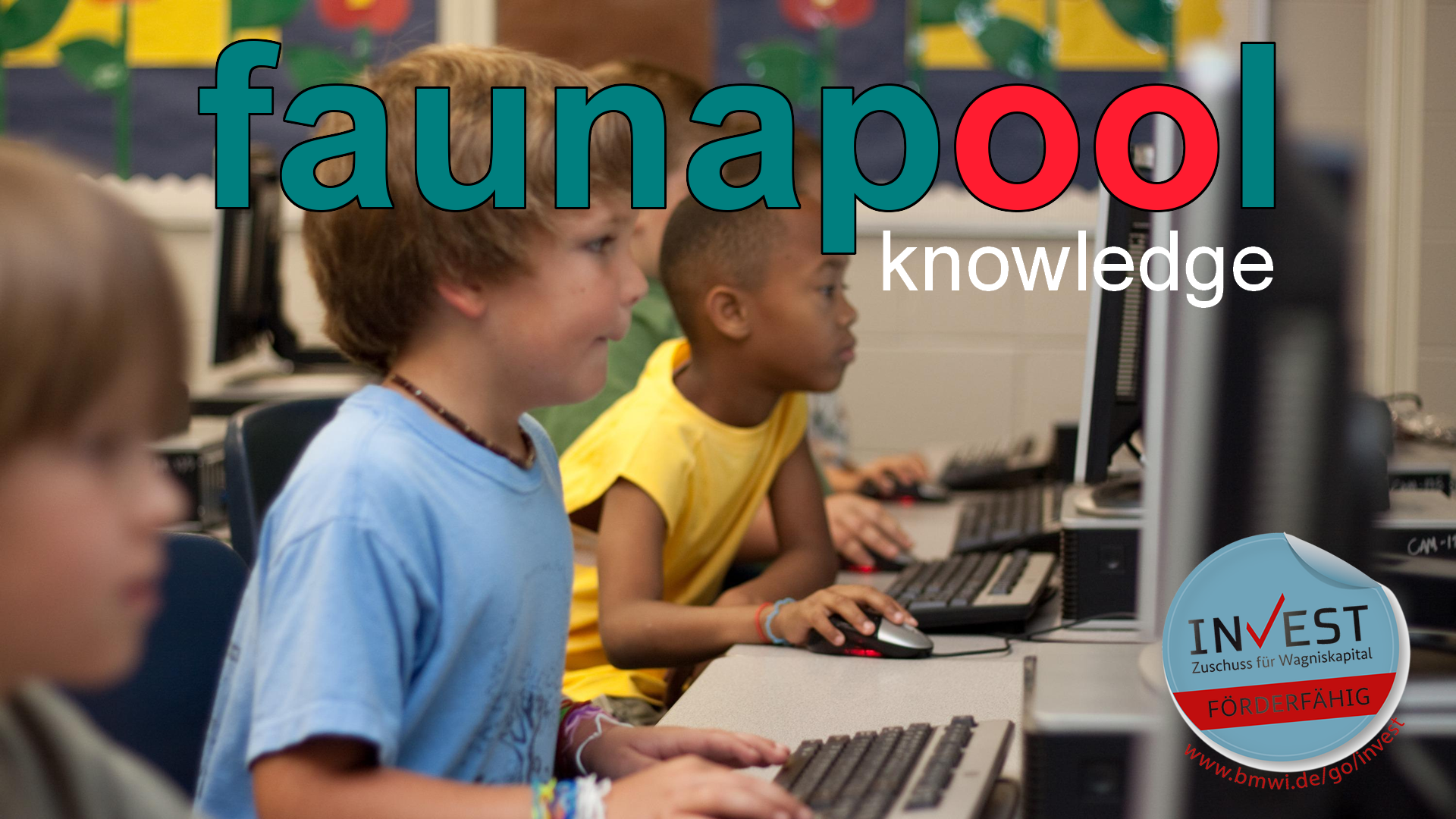Human responsibility towards the life and well-being of the fellow creature animal begins with education to protect the animal as an individual from avoidable pain, suffering or harm.
(BECK, 2007: S. IX)
We're going to help kids see how they can take charge
of their own futures.
Children who are allowed to experience nature develop a natural respect for life and the environment. We must support this by modeling love and appreciation for our environment.


